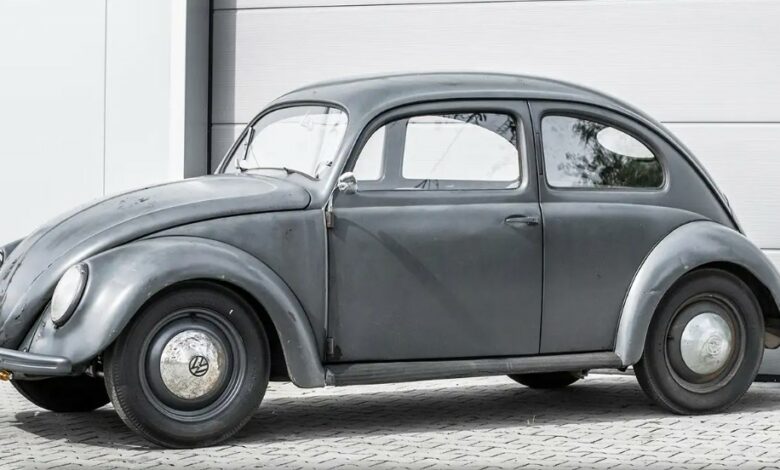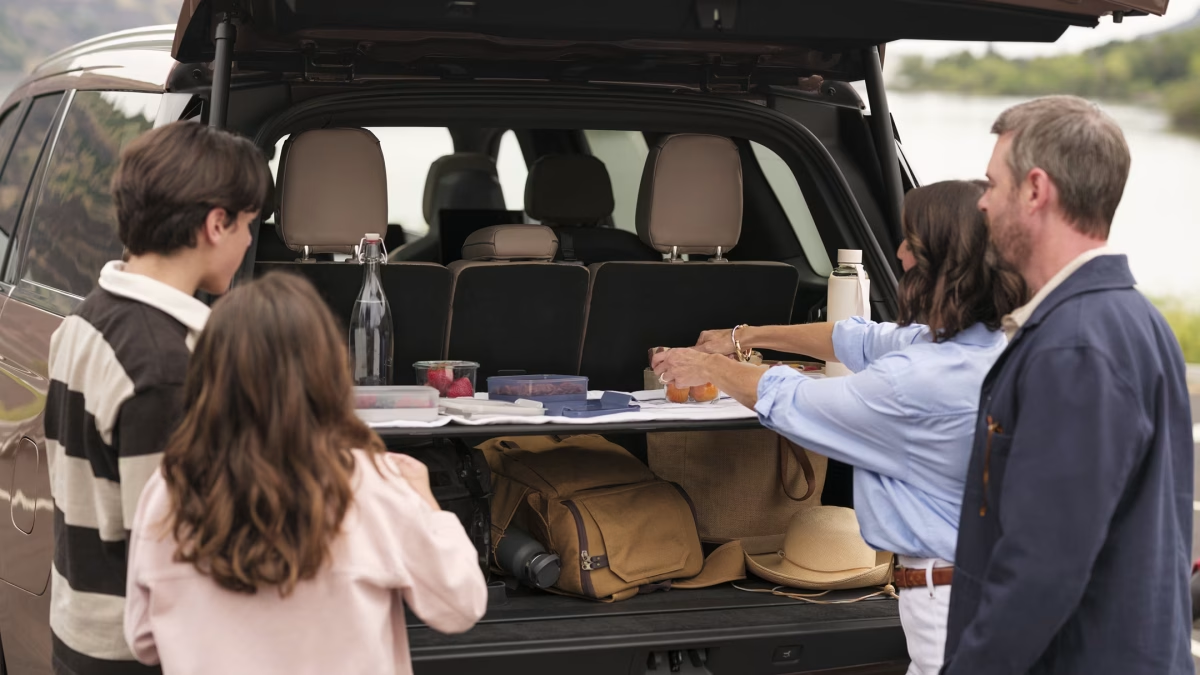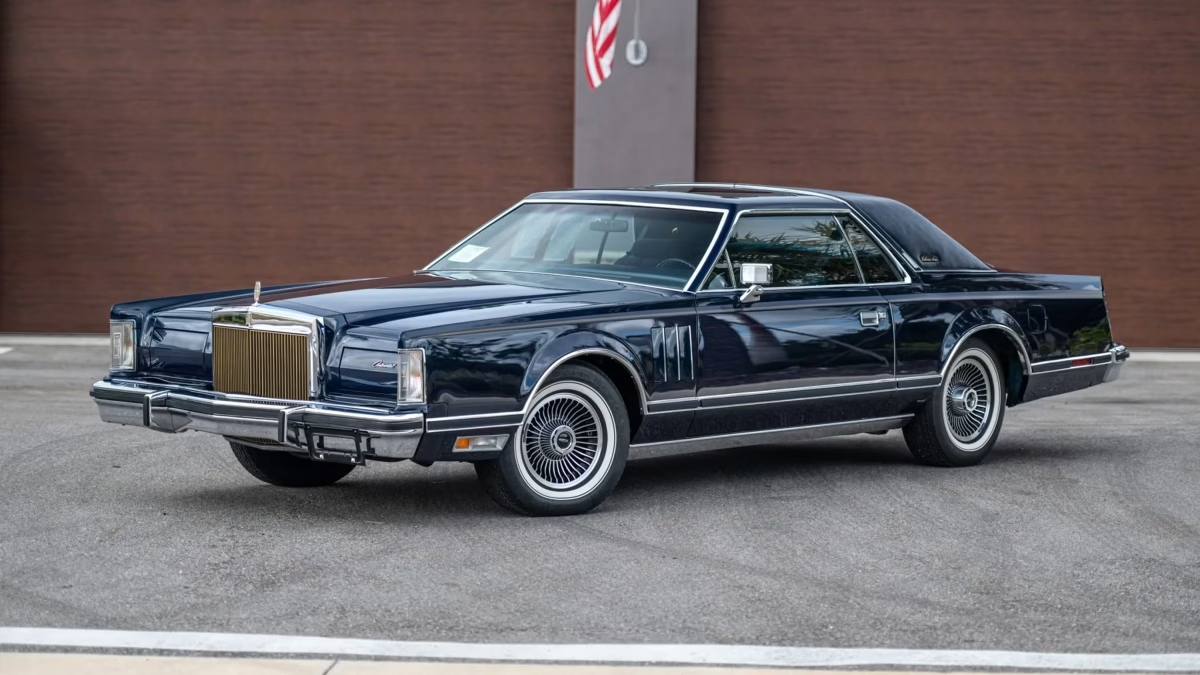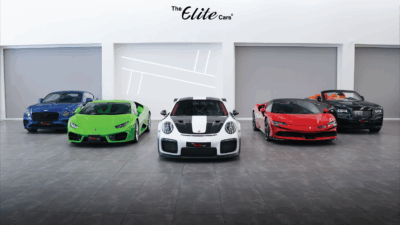
This Week’s Story: The Forgotten Charm of the Volkswagen Beetle
Few cars in history have captured hearts across generations quite like the Volkswagen Beetle. Introduced in the late 1930s and mass-produced after World War II, the Beetle wasn’t just a car—it was a cultural icon. For decades, it symbolized simplicity, affordability, and a kind of cheerful personality that no other car could match.
The Beetle’s design was instantly recognizable. With its round fenders, curved roofline, and rear-mounted engine, it stood apart from the sleek sedans of its time. Yet, what made it unforgettable wasn’t just its looks but the way it connected with people. Families bought it as their first car, students drove it on tight budgets, and adventurers trusted it to travel across continents.
In the 1960s and 70s, the Beetle became a symbol of freedom. It appeared in movies, music festivals, and even protests. For many young drivers, owning a Beetle wasn’t just practical—it was a lifestyle. The car’s reliable engineering, combined with its quirky character, made it feel more like a companion than just transportation.
The Beetle was also a DIY dream. Its simple mechanics meant that almost anyone could fix it with basic tools. Weekend garage projects often included tuning the engine, repainting the body, or customizing the interiors. In many ways, it introduced generations to the joy of car maintenance and personalization.
Though production of the classic Beetle ended in 2003, its legacy lives on. Restored models are treasured by collectors, while modern reinterpretations keep its spirit alive. Every Beetle on the road carries stories—road trips, family memories, or youthful adventures—that remind us why cars are more than just machines.
The Volkswagen Beetle may be an “old story,” but it’s one that will never grow old. It’s proof that sometimes, the simplest designs create the strongest emotional bonds.







